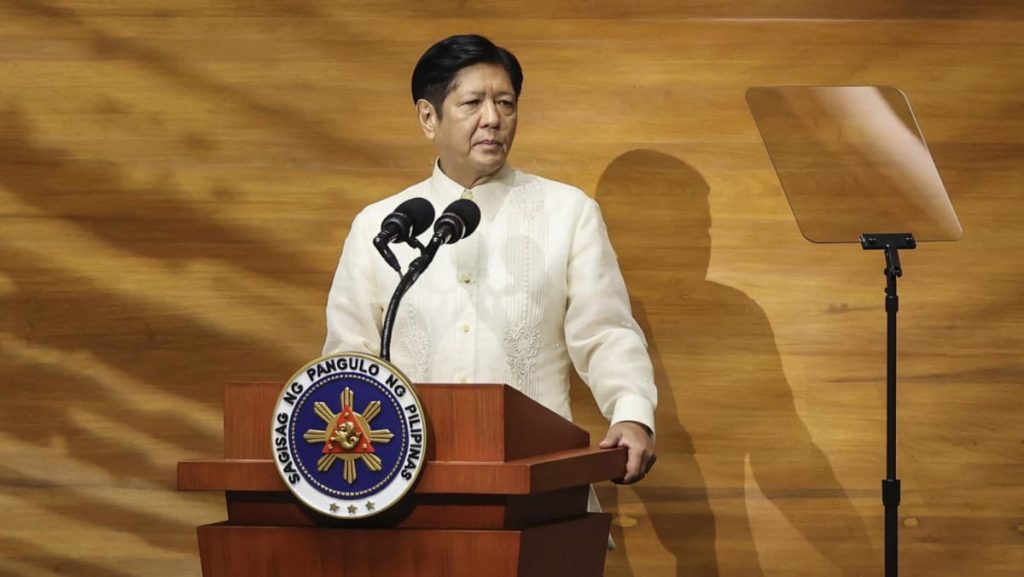Tensions between the Chinese coast guard and Philippine forces have been escalating in the South China Sea, particularly at the Philippines-occupied Second Thomas Shoal, where dangerous confrontations involving water cannons and blocking maneuvers have occurred since last year. These incidents have raised concerns that they could lead to a larger conflict that may involve the United States, the Philippines’ longtime treaty ally. In the most severe confrontation on June 17, Chinese forces rammed and boarded two Philippine navy boats to prevent the transfer of supplies, leading to a violent skirmish during which several Filipino personnel were wounded.
Despite Washington’s warning that it is obligated to defend the Philippines under the 1951 Mutual Defense Treaty in the event of an attack in the South China Sea, Philippine officials have stated that they will not invoke the treaty in response to the violence at Second Thomas Shoal. However, on Sunday, the Philippine government announced that it had reached a deal with China aimed at de-escalating tensions in the area. The agreement was the result of meetings between Philippine and Chinese diplomats in Manila and involved exchanges of diplomatic notes to establish a mutually acceptable arrangement at the shoal without conceding territorial claims on either side.
The specific details of the agreement have not been released, as they have been reviewed by top Philippine security officials who spoke to the press on condition of anonymity due to a lack of authority to discuss the accord publicly. This attempt at resolving the tensions at the Second Thomas Shoal comes as part of broader efforts by the Philippine government to engage in diplomatic solutions to the territorial disputes in the South China Sea. While the Philippines and China both claim the area where the shoal is located, the agreement signals a willingness to find peaceful resolutions and prevent further violent confrontations.
The violent incidents at Second Thomas Shoal have underscored the ongoing struggle for control of the South China Sea, a strategically important region that is claimed by multiple countries and is the subject of an overlapping web of territorial disputes. The involvement of the United States as a treaty ally to the Philippines has added a layer of complexity to the situation, as potential military conflict in the region could have far-reaching implications. Efforts to find diplomatic resolutions and prevent further escalation are crucial to maintaining stability and averting a larger conflict with potentially catastrophic consequences.
As tensions continue to simmer in the South China Sea, the Philippine government’s decision not to invoke the Mutual Defense Treaty with the United States highlights the complexities of navigating the geopolitical landscape in the region. The agreement reached with China at Second Thomas Shoal represents a step towards de-escalating tensions and finding common ground without compromising territorial claims. Moving forward, diplomatic efforts and dialogue will be key in addressing the underlying issues and working towards a sustainable resolution to the challenges posed by the territorial disputes in the South China Sea.















